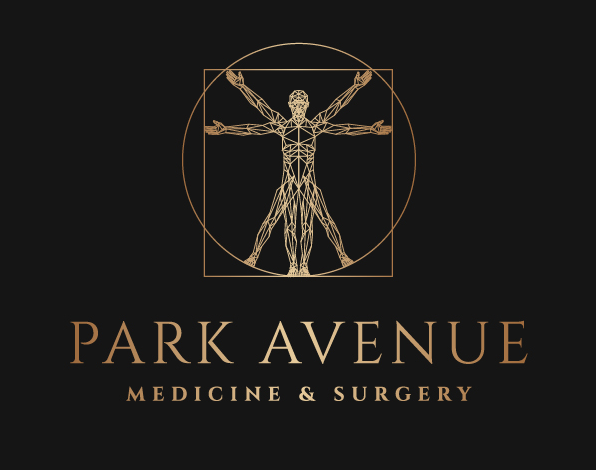Eye Pain
Discomfort or pain in the eyes can be alarming, as it may lead to serious problems in the future. It is always important to maintain good care of our eyes, especially since it is relatively easy for them to become irritated or infected. Eyes are also subject to diseases, and so due to the multiple ways that can affect our eyes, it is important to be aware of common eye problems. The few that will be discussed are diabetic retinopathy, glaucoma, and cataracts, although there are many diseases that can contribute to the degradation of eyes.
First off, diabetic retinopathy, a complication of diabetes, is caused by damage to the blood vessels of the retina. Too much sugar in one’s blood can lead to the blockage of retinal blood vessels, causing the body to attempt to grow new blood vessels. There are two types of diabetic retinopathy––early diabetic retinopathy and advanced diabetic retinopathy. The former is a more common form, and is also known as nonproliferative diabetic retinopathy. The walls of the blood vessels are weakened and may leak blood or fluid into the retina, but new blood vessels are not grown. As more and more blood vessels are damaged, the condition may develop from mild into severe. Retinal nerve fibers may begin to swell as well. Advanced diabetic retinopathy is more severe, and also known as proliferative diabetic retinopathy. The damaged blood vessels are closed off and so the body attempts to grow new blood vessels, although they are abnormal and of the wrong diameter. Leakage may go into the vitreous, and the retina may detach from the back of the eye. The newly grown blood vessels may interfere with normal fluid flow of the eye, adding pressure to it that will damage the optic nerve. Damage of the optic nerve will lead to glaucoma, a topic to be discussed below.
Diabetic retinopathy appears in people with either Type 1 or 2 diabetes, making it more common to the general population. Those with diabetes for a longer period of time and less controlled levels of blood sugar are more prone to developing diabetic retinopathy. Symptoms include blurred vision, fluctuating vision, impaired color vision, vision loss, or dark areas in vision, and are usually present in both eyes. While it may initially cause no symptoms or have mild symptoms, it will eventually lead to blindness. Due to the lack of warning that early symptoms can provide, it is best to see an optometrist or ophthalmologist yearly if you have diabetes, even if your vision seems to be fine.
As mentioned before, severe cases of diabetic retinopathy can lead to glaucoma, a condition in which the optic nerve is damaged. The increased pressure in the eye, or intraocular pressure, can lead to blindness if not treated within a few years. Glaucoma is dangerous in that it is inherited, symptoms are not shown early, and usually affects both eyes. The first sign is usually loss of peripheral vision, but this too can appear unnoticed until glaucoma has developed into a later stage. There are two types of glaucoma, open-angle and angle-closure. Open-angle glaucoma is the most common type; the drain structure in the eye appears to be normal but the aqueous fluid, the fluid that flows, does not circulate properly. Angle-closure glaucoma is more common in the East than in the West, and is due to a narrow angle between the iris and cornea. This narrowness prevents drainage from occurring properly, leading a sudden buildup of pressure in the eyes. This type of glaucoma is also linked to cataracts and farsightedness.
While glaucoma usually affects those over the age of forty, that does not mean that others (young adults, children, infants) can not develop it. Other factors include people of African, Irish, Russian, Japanese, Inuit, Hispanic, or Scandinavian descent, family history, those with diabetes, or have had trauma to the eyes before. Glaucoma can be treated with eye drops that reduce the formation of fluid in the eye, although side effects include such as allergies, redness, stinging, and irritation. Another form of treatment is laser surgery, and there are three forms of it––trabeculoplasty (opens drainage area), iridotomy (creates a hole in the iris to allow the fluid to flow more freely), and cyclophotocoagulation (reduces fluid production). Lastly, there is also microsurgery, in which a new channel is created for fluid drainage and eye pressure depression. However, like with all surgeries, there is a chance of failure, and if not, the possibility of reduction or loss of vision, bleeding, or infection.
Cataracts, which are linked to angle-closure glaucoma, is a condition commonly found in adults over the age of sixty with blurry vision. They are developed alongside protein buildup in the lens of the eyes, causing blurry vision. This prevents light from properly entering and may lead to loss of vision. There are a few types of cataracts––age-related, congenital, secondary, and traumatic. Age-related cataracts, as implied from the name, develop with age. Congenital cataracts are found in babies born already with cataracts, perhaps caused by infection, injury, or poor development in the womb. Secondary cataracts can develop from diabetes or exposure to ultraviolet light, radiation, or toxic substances. Lastly, traumatic cataracts develop from injuries to the eyes. Cigarette smoke, air pollution, and heavy drinking are all factors that may cause cataracts as well. Cataracts may be treated with prescription glasses, but if it is a more severe case, cataract surgery may be needed. The lens of the affected eyes would be removed and replaced with man-made ones; while this may sound intimidating, it is actually a relatively successful procedure and many should be able to go home on the same day.
The three discussed conditions, while serious, are only a few of the many conditions that affect one’s eyes. It is therefore important to pay attention to the quality of one’s vision, and make an appointment with a doctor if anything changes or does not feel right. As mentioned above, the symptoms of a serious condition may not appear quickly, and once they do, the condition is already in a late stage.
In Good Health
Stephanie Chan



